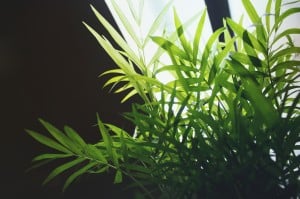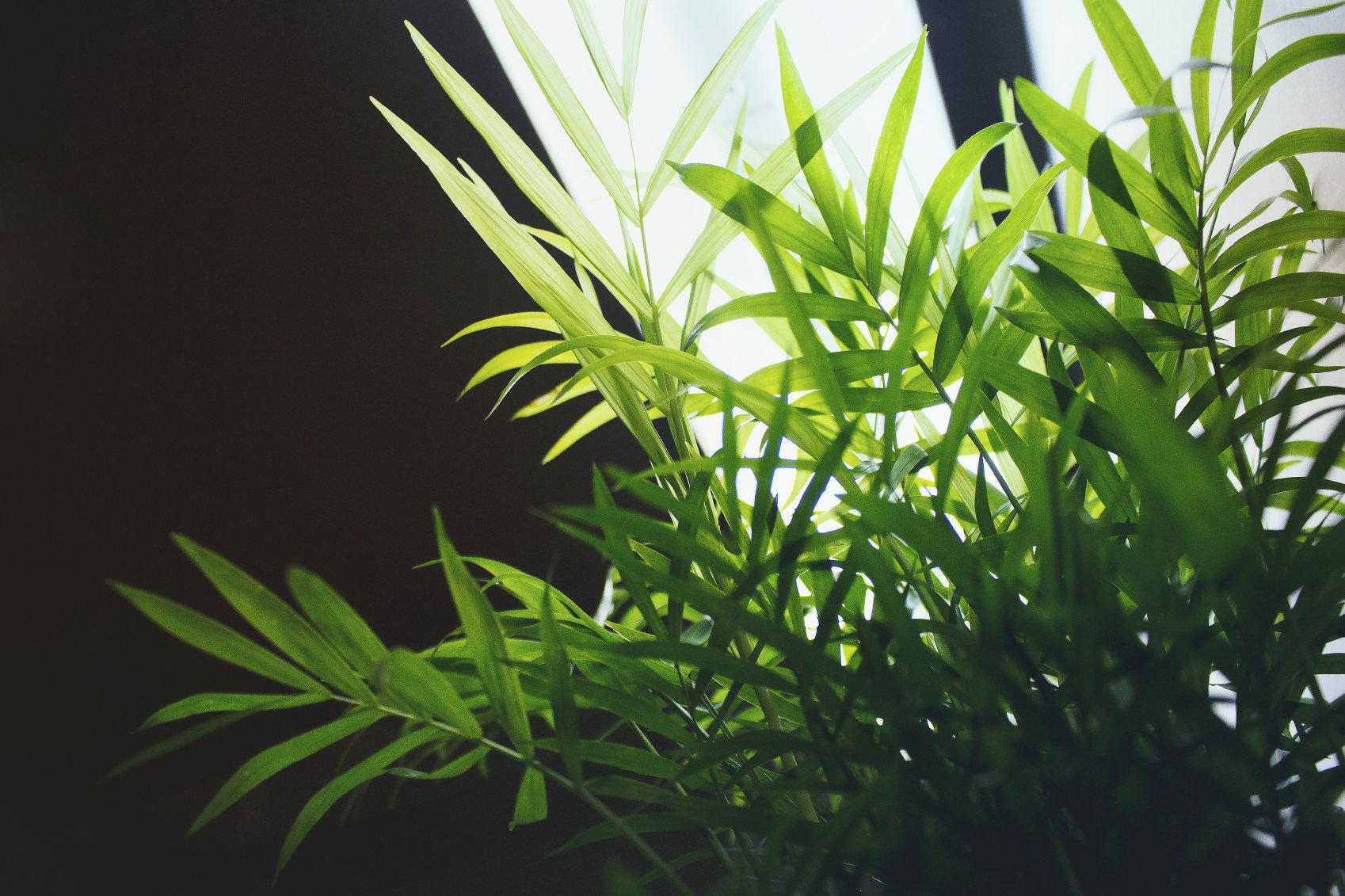 Do Your Indoor Plants Have The Right Amount Of Light to Grow and Thrive?
Do Your Indoor Plants Have The Right Amount Of Light to Grow and Thrive?
If you’re struggling to keep your indoor potted plants looking lovely and green, it might have something to do with your plants not getting adequate light. Indoor plants generally require far less sunshine than outdoor foliage, but that doesn’t mean they require no light at all.
It’s important to know how much light a specific plant needs in order to keep it sufficiently fed. Some plants require direct sunlight, and should be placed directly beneath a window. Other plants prefer less direct light, and prefer being placed a few feet away from the window. The answer to a beautiful indoor plant equals knowing what your particular plant needs to thrive.
In this blog we explain how much light different types of plants require, plus how to know if your plant is getting too much or too little natural light.
The Power Of Light- How Much Light Do Your Indoor Plants Need?
Plants need a certain amount of soil nutrients, water, humidity and light to flourish. Light is big component to the overall wellbeing of a plant. Light sparks the process of photosynthesis, which is how plants produce the energy necessary for life. All plants require different amounts of light, but no plant can live without any light at all.
Some plants bloom more frequently based on the amount of time they spend in the sun each day, as opposed to the intensity of the light. At certain times plants require more light than others, for instance when they are flowering they require more access to sunlight.
As a general rule of thumb, plants that have thick, fleshy leaves require less light, but this is not always true considering cacti and succulents do very well with high light. This is why you can’t go off general rules, but instead must find what is best for your particular plants. Plants are resilient; even if lighting is a little off, but all the other bases are covered, such as water, soil, and humidity levels, plants can still thrive.
Signs Your Plant Is Not Getting Enough Light
1. Yellow leaves
Plants are typically dark green due to chlorophyll, which soaks up light to photosynthesize. When a plant does not get enough light, chlorophyll cannot work its magic, which causes leaves to lose their dark coloring, growing lighter with time. If lighting issues are not addressed, the leaves will eventfully turn yellow and shed.
2. Leaning plant
It is a clear sign your plant is craving more sunshine if you notice your plant is leaning towards a natural supply of light. If you notice this occurring, make sure to adjust your plant so that all of the stems and leaves have adequate exposure to the sun without the stress of tilting.
3. Small leaf size and slow plant growth
A plant utilizes an abundance of extra energy fighting to stay alive without sufficient light, thus slowing down its ability to grow. As a result, plants that do not get enough light will grow less leaves, which may be small and thin. You may also notice a large amount of spacing between your leaves.
Signs Your Plant is Getting Too Much Light
- Plant appears ‘bleached out’ or ‘off color’
If your plant appears to be paler than usual this may be a sign that it is getting too much light exposure. Disease, overwatering, and a number of other stressors can also cause pale foliage so it’s important to use common sense when diagnosing the issue. (Read More)
- Leaf burn
Leaf burn typically occurs after a plant has been relocated to a brighter location, or if the weather has changed and suddenly the window is full of a much brighter, more fierce sun. Leaves can rapidly burn and be left with the scars for life, so it’s important to watch out for your plants and make sure they are not suddenly getting a lot more light than they can handle.
Different Types of Indoor Light
A quick online search regarding a particular indoor plant will reveal the type of lighting it will best flourish under. Generally, this will be described as high light, medium light, or low light.
High Light, also known as full sun, is what you find in a greenhouse, or directly in front of south or southwest-facing windows.
Medium light, sometimes referred to as bright indirect, is found in spots that are close to a source of unfiltered light, and is considered direct exposure.
Low light is associated with north facing windows. Low light also arises a few feet away from a window facing east or west, or further away from a south or southwest-facing window. Low light is common in different parts of the home, such as corners and bathrooms. This space will always have some light and is not in complete darkness except at night.
The Shadow Trick
You can use the shadow trick in order to determine if a particular location in your house is getting adequate amounts of natural light for plants. Place an object in the location in question and then check for its shadow. The larger and more defined the shadow, the stronger the natural light in this location.
Windows facing south generally offer the brightest light, although east and west-facing windows can be very light and bright as well. Windows facing north usually provide the dimmest source of lighting. You can’t always go by these guidelines alone, there are many factors that complicate things, such as trees or attached awnings that offer shade.
The Perfect Light, The Perfect Indoor Plants
It takes more than just the perfect amount of indoor light to grow great looking plants. You will also need a reliable and good-looking planter to house your plants. Look no further than TerraCast Products for the very best in long lasting, eco-friendly landscaping products, made in America for both indoor and outdoor use.

